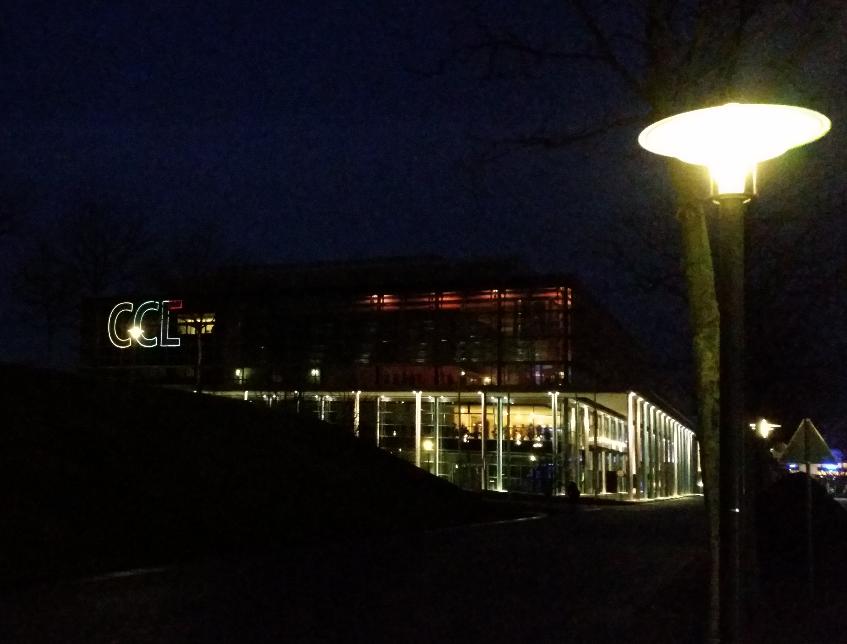 It’s surprising that despite of the enormous size of the Leipzig exhibition center it still gets crowded at times at 34c3 which is not necessarily a bad thing. Here are a couple of pictures that show the enormity and different facets of the Congress this year.
It’s surprising that despite of the enormous size of the Leipzig exhibition center it still gets crowded at times at 34c3 which is not necessarily a bad thing. Here are a couple of pictures that show the enormity and different facets of the Congress this year.
Author: Martin
34c3 Roundup Day 2 – Use More Bandwidth!

Like every year at Congress, backhaul capacity has again risen to yet another galactic level. According to momo on Twitter, 400 Gbit/s of backhaul capacity is available this time for the 15.000 participants of the Congress. Interestingly, even this number of people has difficulty of filling the pipe.
34c3 Roundup – Day 1
Bitcoins And Pizzas

This week the price for 1 Bitcoin has gone beyond 14.000 euros. It must be the biggest bubble ever that will burst at some point and leave a lot of people wondering how they could have possibly ever fallen for this. The chart on the left says it all. Perhaps they should have bought tulips instead?
The Computer Must Be Earthed!
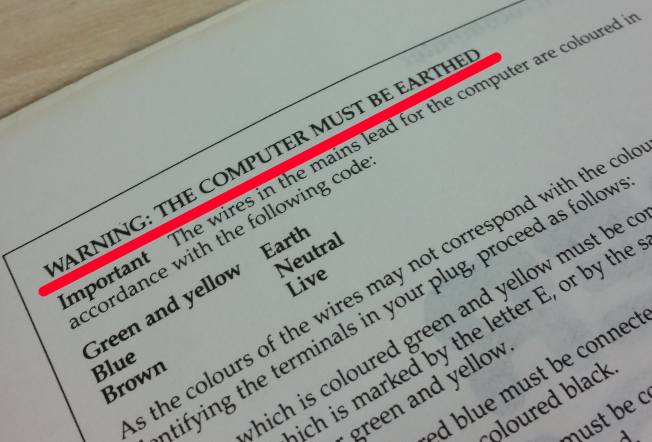
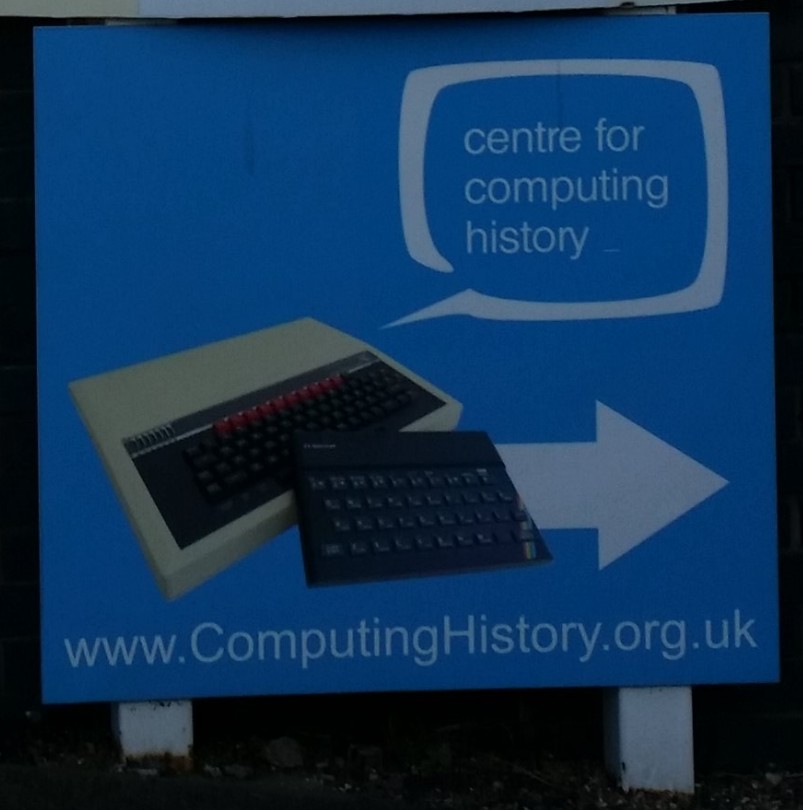 A few days ago on a sunny but freezing cold Friday afternoon I had a few hours to visit the Centre for Computing History in Cambridge. I was very much looking forward to it as the first computer I ever programmed on was a Sinclair ZX80 that was built in the UK back in 1980 by Sinclair Research. Little did I know at the time where this computer was designed and that the UK was quite a phenomenon in Europe back then as it had a vibrant home computer industry. Sinclair and Acorn where the most well known Cambridge based home computer companies but there were dozens of others at the time.
A few days ago on a sunny but freezing cold Friday afternoon I had a few hours to visit the Centre for Computing History in Cambridge. I was very much looking forward to it as the first computer I ever programmed on was a Sinclair ZX80 that was built in the UK back in 1980 by Sinclair Research. Little did I know at the time where this computer was designed and that the UK was quite a phenomenon in Europe back then as it had a vibrant home computer industry. Sinclair and Acorn where the most well known Cambridge based home computer companies but there were dozens of others at the time.
Femto Cells On The Retreat – Long Live Small Cells?
For many years it has been an open secret in the industry that enhancing coverage inside buildings can’t be done well from the outside via the cellular layer but as to be done from the inside. One way this has been attempted by some network operators, especially for homes and small businesses were Femto cells. In this context I define femto cells as small ‘plastic’ routers with 3G functionality inside for home and small office use. But the concept hasn’t really caught on, at least not in Europe anyway, and one big network operator is now phasing out its old 3G femto cells without a replacement offer.
Continue reading Femto Cells On The Retreat – Long Live Small Cells?
Verizon Pushes Forward with mmWave Broadband Fixed Access
There have been many attempts over the past two decades to compete with fixed line copper, coax and fiber installations with Wireless Broadband Fixed Access. Pretty much all of them have failed on a larger scale as technology over copper has evolved and fiber has been deployed in many places. But Verizon thinks Fixed Wireless access can compete with the latest wireless technology and pushes ahead with its mmWave system it has forked from 3GPP specifications last year.
Continue reading Verizon Pushes Forward with mmWave Broadband Fixed Access
A Thinkpad X230 And 3440 x 1440 pixels
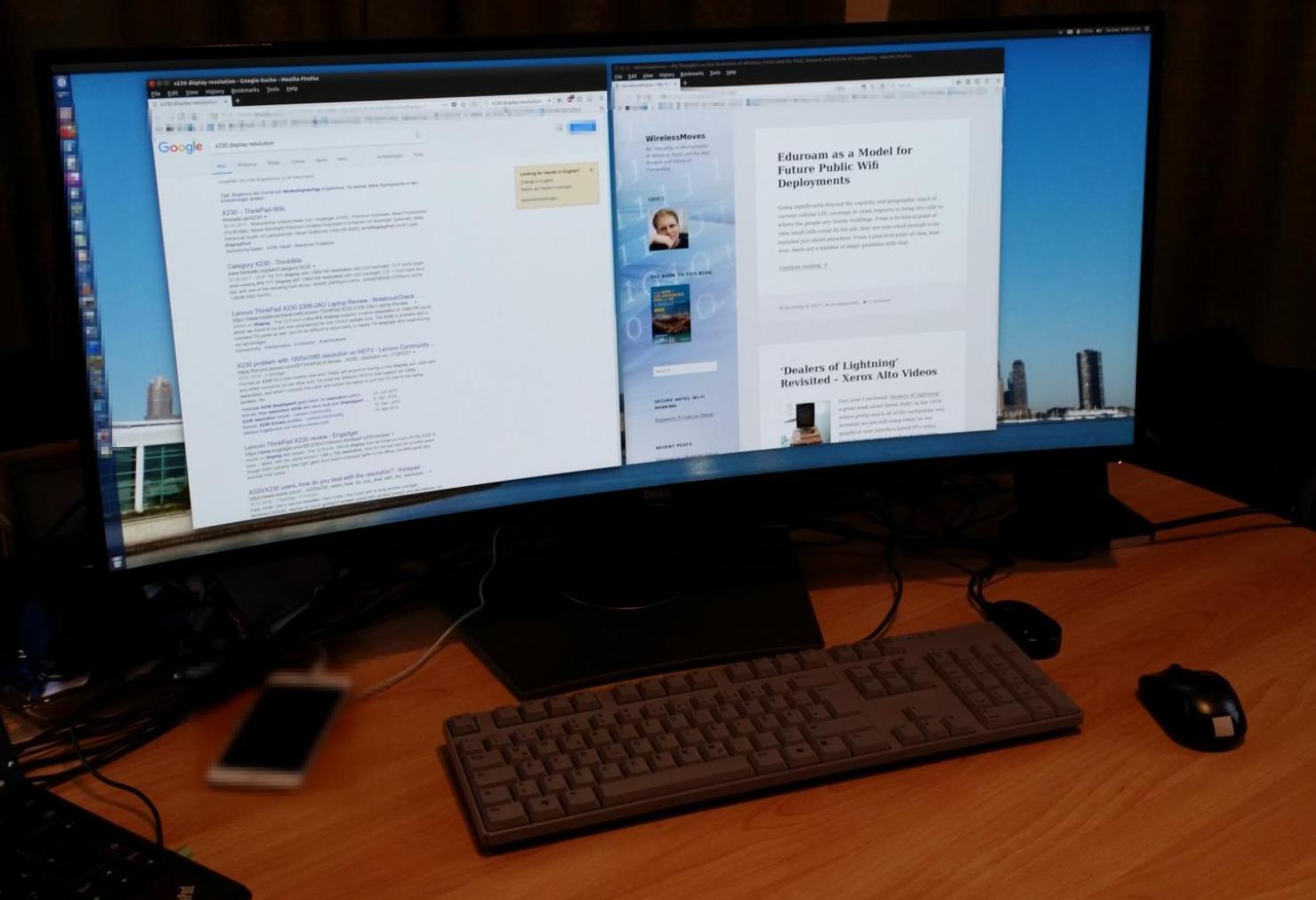 A big display with a high screen resolution can only be replaced by a bigger display with an even higher screen resolution! In the past few years display resolutions have steadily increased and there are now affordable ultra-wide curved displays with an aspect ratio of 21:9 and a display resolution of 3440 x 1440 available that are great for programming or working on several documents simultaneously side by side. But do such displays work well (or at all) with my somewhat dated 2012 Lenovo X230 notebook?
A big display with a high screen resolution can only be replaced by a bigger display with an even higher screen resolution! In the past few years display resolutions have steadily increased and there are now affordable ultra-wide curved displays with an aspect ratio of 21:9 and a display resolution of 3440 x 1440 available that are great for programming or working on several documents simultaneously side by side. But do such displays work well (or at all) with my somewhat dated 2012 Lenovo X230 notebook?
Eduroam as a Model for Future Public Wifi Deployments
Going significantly beyond the capacity and geographic reach of current cellular LTE coverage in cities requires to bring the cells to where the people are: Inside buildings. From a technical point of view small cells could do the job, they are now small enough to be installed just about anywhere. From a practical point of view, however, there are a number of major problems with that.
Continue reading Eduroam as a Model for Future Public Wifi Deployments
‘Dealers of Lightning’ Revisited – Xerox Alto Videos
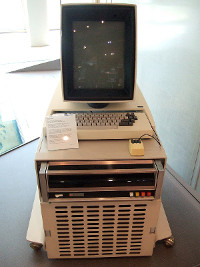 Last year I reviewed ‘Dealers of Lightning‘, a great book about Xerox PARC in the 1970 where pretty much all of the technology was invented we are still using today on our graphical user interface based PCs today. Over the past year a number of very interesting videos have appeared that are a great complement to the overall story and impressively show just how many things were invented there.
Last year I reviewed ‘Dealers of Lightning‘, a great book about Xerox PARC in the 1970 where pretty much all of the technology was invented we are still using today on our graphical user interface based PCs today. Over the past year a number of very interesting videos have appeared that are a great complement to the overall story and impressively show just how many things were invented there.
Continue reading ‘Dealers of Lightning’ Revisited – Xerox Alto Videos
